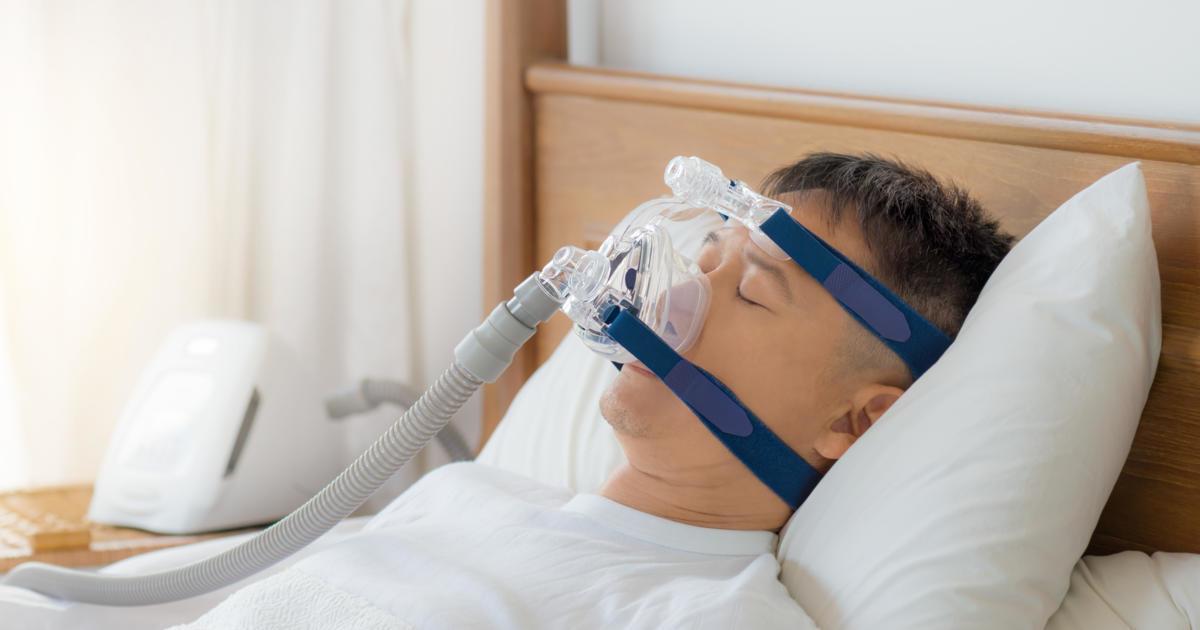Guide To Treating And Preventing Asbestosis
Lung Transplant

In order to treat a patient's asbestosis, a lung transplant may be needed when other methods of treatment are ineffective or unable to be tolerated. Depending on the progression and severity of asbestosis, a patient may have a transplant done for both or just one of their lungs. A lung transplant involves the removal of the asbestos diseased lung or lungs, and then replacement with a healthy functioning lung from a deceased donor. Fibrosis or scarring of the lung tissue is irreversible and characteristic in asbestosis patients.
A lung transplant is necessary when the fibrosis progresses to a life-threatening degree and supplemental oxygen therapy, nebulized medications, and respiratory physiotherapy no longer sufficiently sustain lung functionality. Lung transplantation is considered a highly invasive and risky surgical procedure. Due to the general shortage of healthy donor lungs available for transplantation, patients are required to have pervasive eligibility screening done to determine the likelihood of the procedure being successful.
Respiratory Physiotherapy

Respiratory physiotherapy is a common component of asbestosis treatment because it helps teach the patient how to cope with the effects of their permanent lung damage on everyday tasks and activities. An affected individual can decrease the severity and frequency of breathlessness and improve their breathing efficiency through methods of physical manipulation and exercises they learn about in respiratory physiotherapy. The individual can receive education about healthy practices and habits to help them live with asbestosis precipitated difficulties.
Should an individual with asbestosis require the use of medical equipment such as an oxygen concentrator, portable oxygen tank, nebulizer, cough assist device, PEP mask, or CPAP machine, a respiratory physiotherapist can teach them how to use and adequately care for such equipment correctly. The goal of respiratory physiotherapy is to help maintain and manage an affected individual's independence and everyday function as best as possible.
